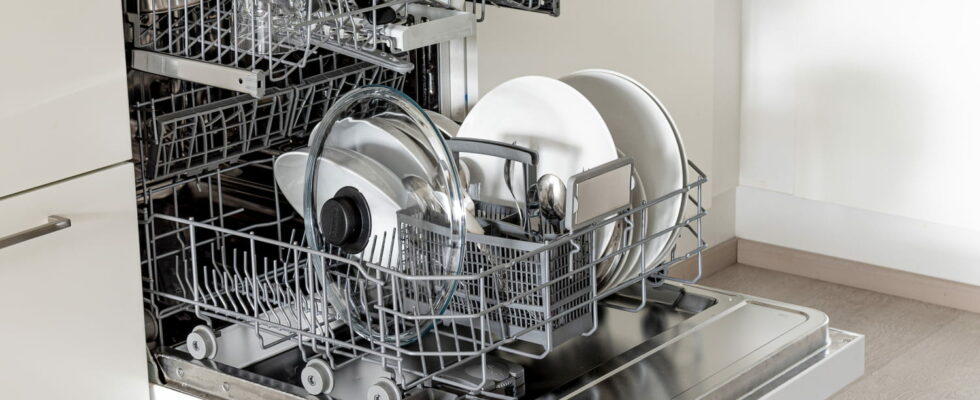This dishwasher place plays a central role in its proper functioning, but it is often forgotten during cleaning. However, its maintenance is essential to guarantee clean dishes.
A dishwasher has become an essential for many households that use it almost every day. It is a real time saving and additional comfort. Because one thing is certain, doing the dishes by hand is one of the worst chores for many.
Having a dishwasher is good, but a dishwasher that washes … it’s better! And yes, who has never ended up with cutlery that comes out of the still dirty dishwasher, or traces of sauce on the plates? The manager? A specific place of the dishwasher that no one thinks of cleaning.

If you think about emptying and cleaning the dishwasher filter regularly or the dish of the dishwasher door, another place should be maintained much more regularly. These are washing arms. These parts which seem harmless, are often the weak point of maintenance because they are not in direct contact with food. However, once obstructed, they can compromise all the functioning of the device.
Over time, dirt, fat, but also limestone accumulates and clog the orifices of the washing arms. The result? A jet of weakened or poorly oriented water, leaving certain areas of poorly cleaned dishes. You might notice persistent traces on your plates, poorly rinsed glasses or sticky deposits on the cutlery. In the most serious cases, an obstructed arm can block the rotary movement, making wash even less effective.
If your dishes is no longer as clean as before despite an adapted program and washing product, the washing arms could be involved. It’s time to clean them. Turn off and unplug the dishwasher to work safely. Remove the baskets to access the washing arms. Most arms are removable: they unclusion or unclip easily depending on the model. Consult the user manual if necessary.
Inspect the orifices. The most common obstructions are pieces of food, fat residues or limestone deposits. Put your arms under hot water and use a toothpick, a fine brush or a unfolded trombone to clear the clogged orifices. If the deposits are stubborn, soak their arms in a mixture of hot water and white vinegar for 15 to 30 minutes. Once cleaned, put back in place and make sure they turn freely.
The signs that it is time to clean the washing arms are numerous: disappointing washing, arms that no longer turn, unusual noises … But the best is not to wait, clean them once a month, in same time as the filter and the joints of the door.
